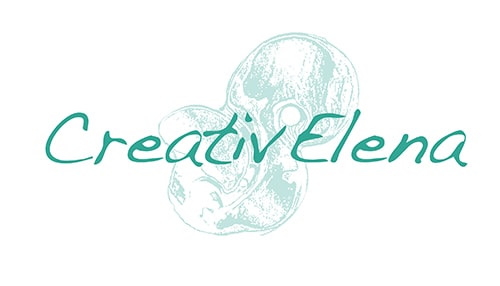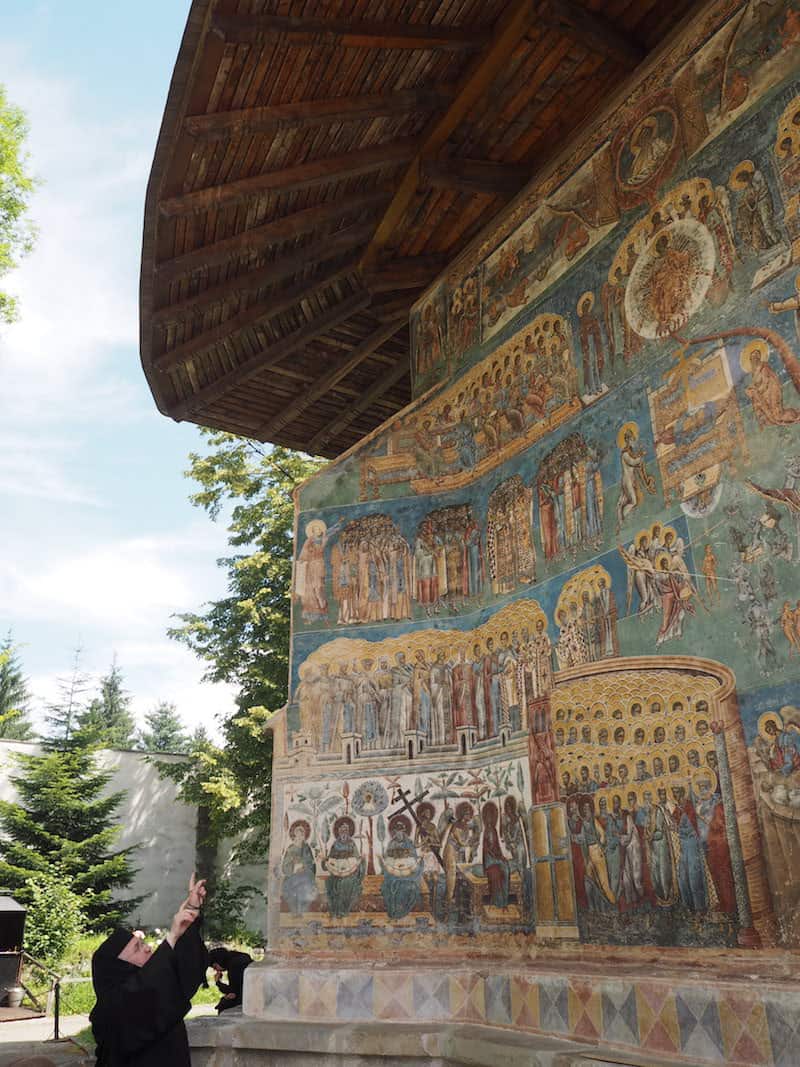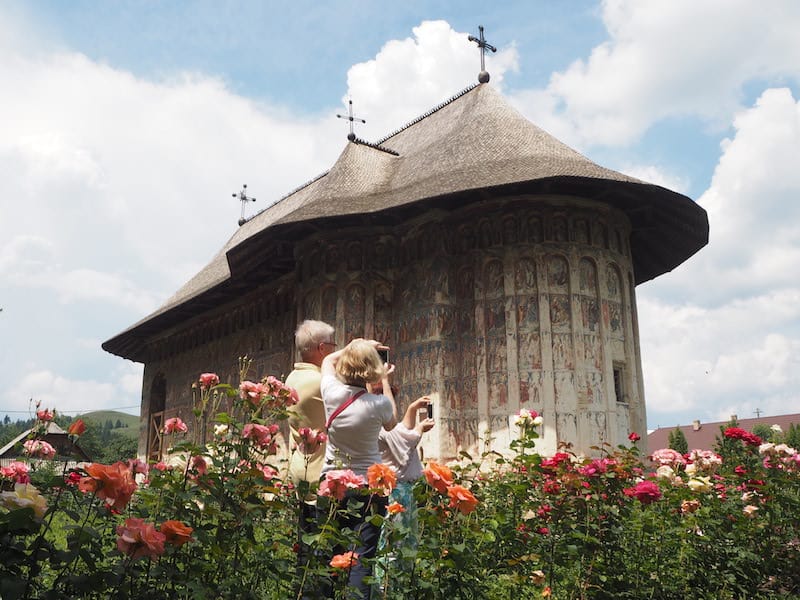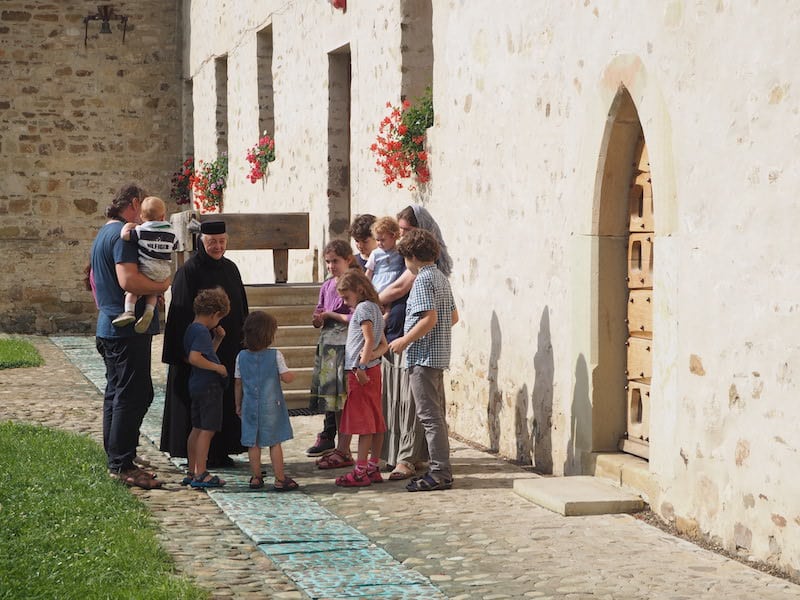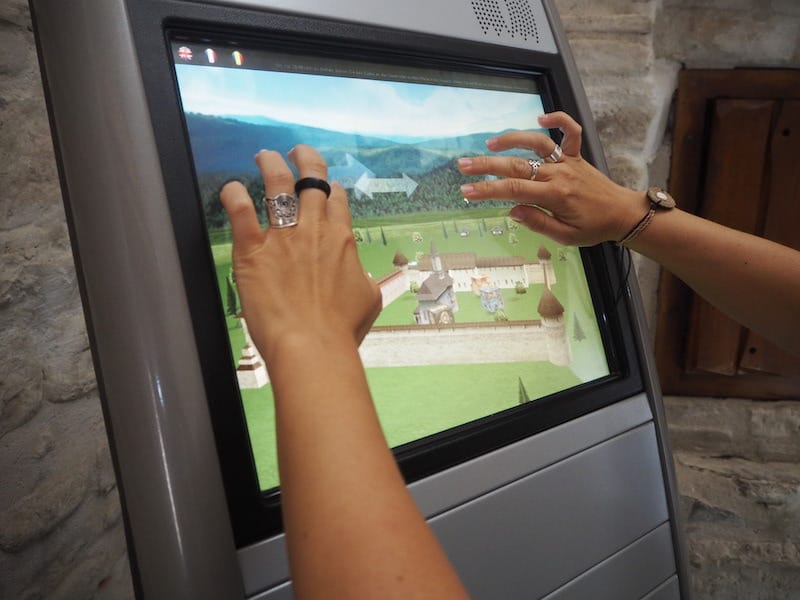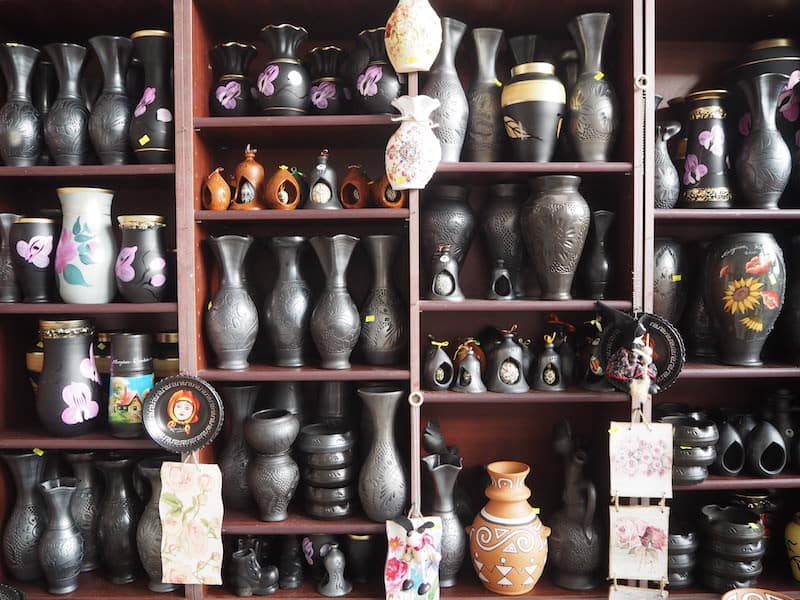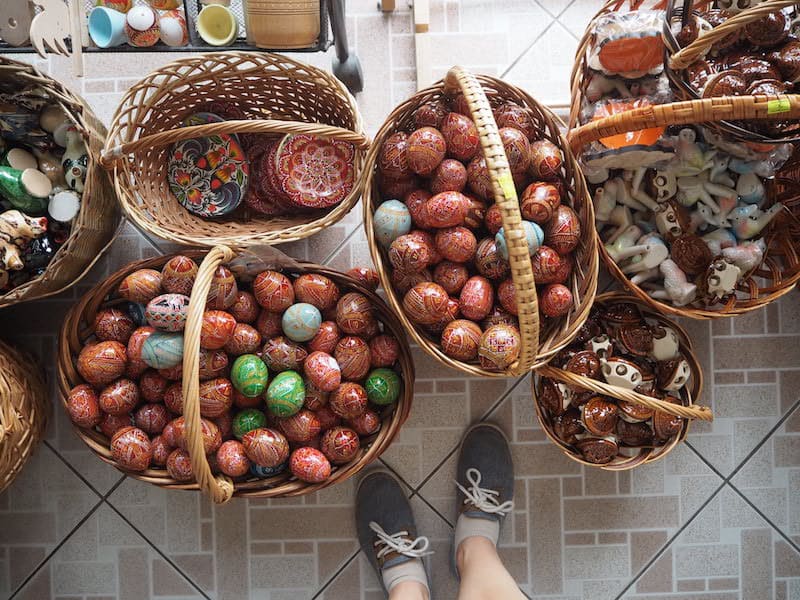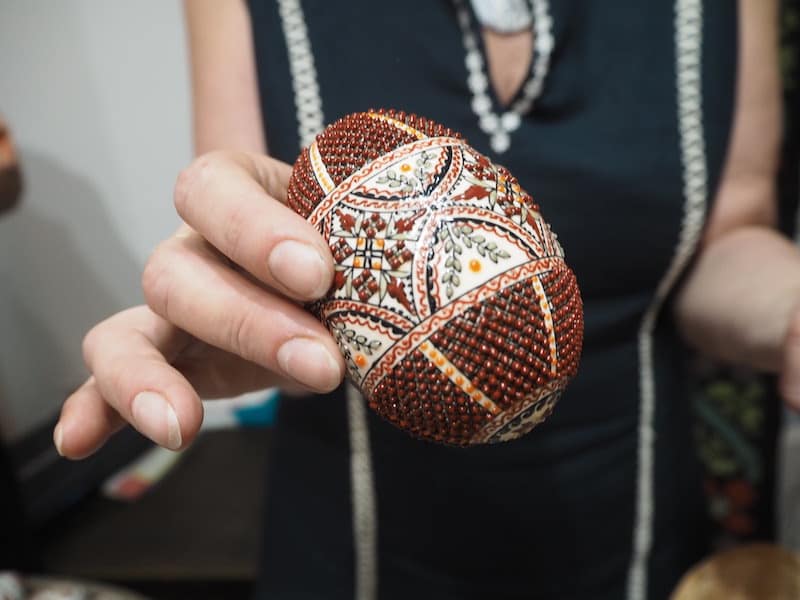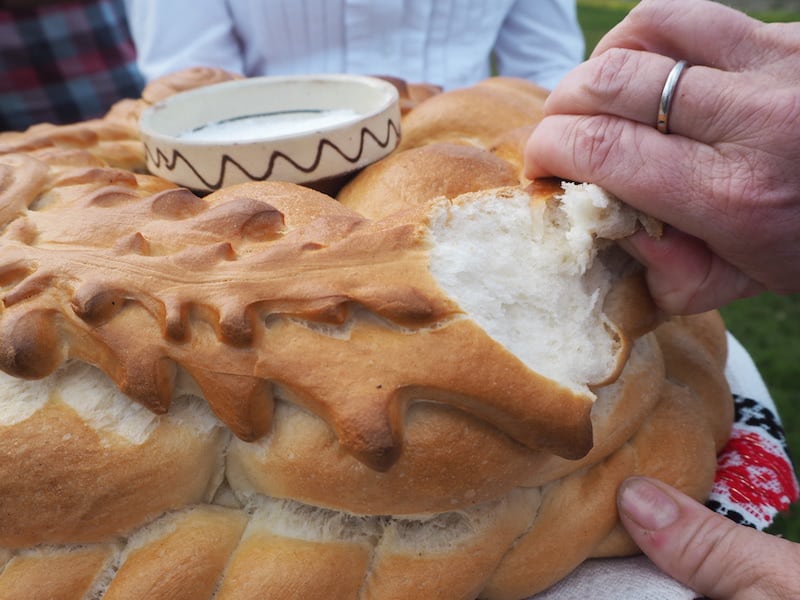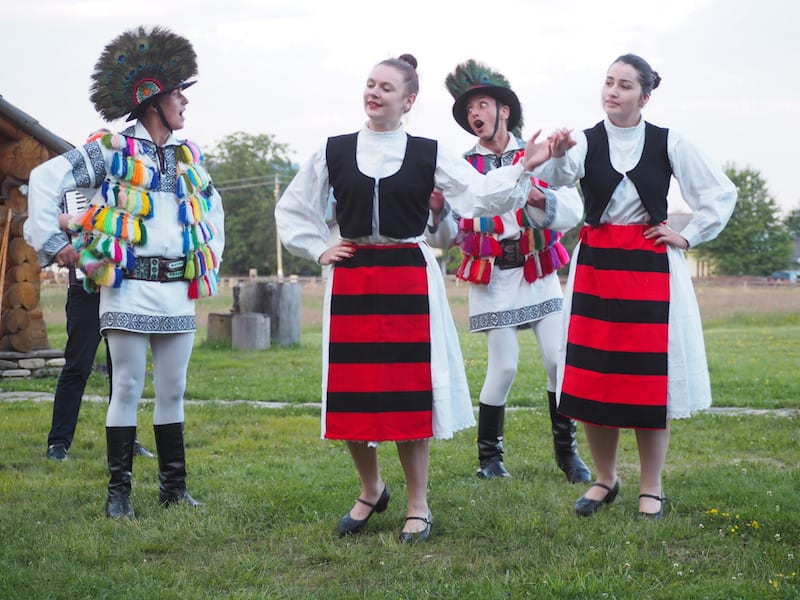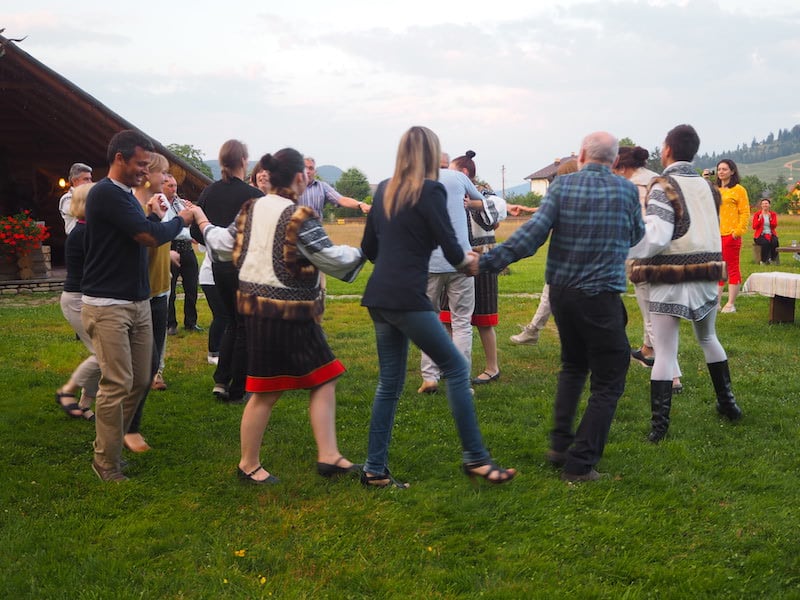Sometimes, when you visit a country entirely new to you, it can feel as if you had already been there. As if everything just felt natural. Simple. And easy, really. This has exactly been my feeling when I first travelled to Romania. My brother having already had a taste of Romania two years ago, followed by an entertaining article he wrote about Sibiu & Transylvania, it now was up to me to discover this fascinating place in our Eastern European homeland.
The landscape of Bucovina, the destination of my journey, does recall certain elements of my own homeland in Lower Austria. What is entirely different, though, are the famous outdoor fresco painted Moldavian Churches, protected by UNESCO World Heritage.
“Enjoy taking a look at those churches”, my father tells me with a smile as I am on my way to Iaši, with temperatures soaring to a hot 33°C on 1 July. This city, the capital of north-eastern Romania, has a direct connection with Vienna airport and is surprisingly popular: My flight is virtually fully booked. Arriving, I immediately attune to an ambiance of welcome. Weather and human warmth are just like back home, and I gasp at just how much Romanian I understand thanks to all my other Roman languages – easily a 30-40% of the words and phrases read and heard!
High on those first emotions and happiness, I join my escort, lovely Lacra and her husband Lorin who have come to Iaši ahead of our EUROPETOUR meeting in the city of Suceava in order to share a little more of their homeland with a keen culture traveller like me.

Here is a taste of what is yet to come: An image of the intricate stone masonry on the outside of this Orthodox Church …
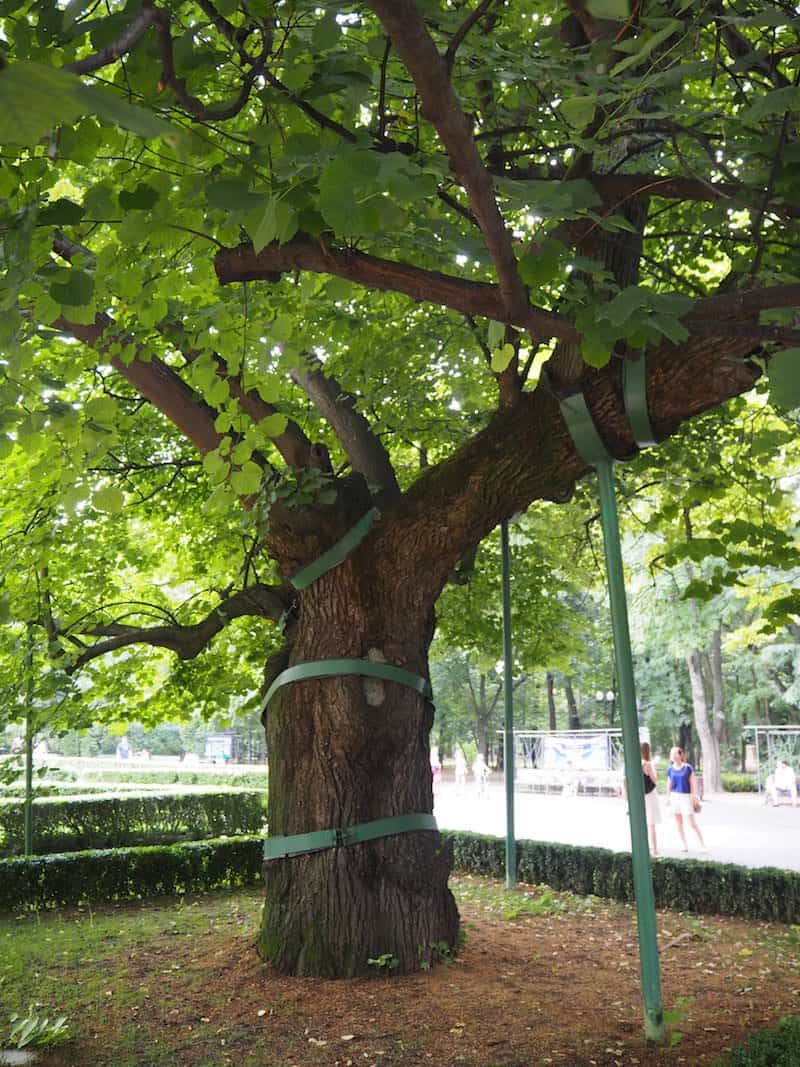
… and this, too, is a very special spot, with the national poet and writer Mihai Eminescu having been inspired to his poetry sitting underneath that very tree well over 100 years ago.
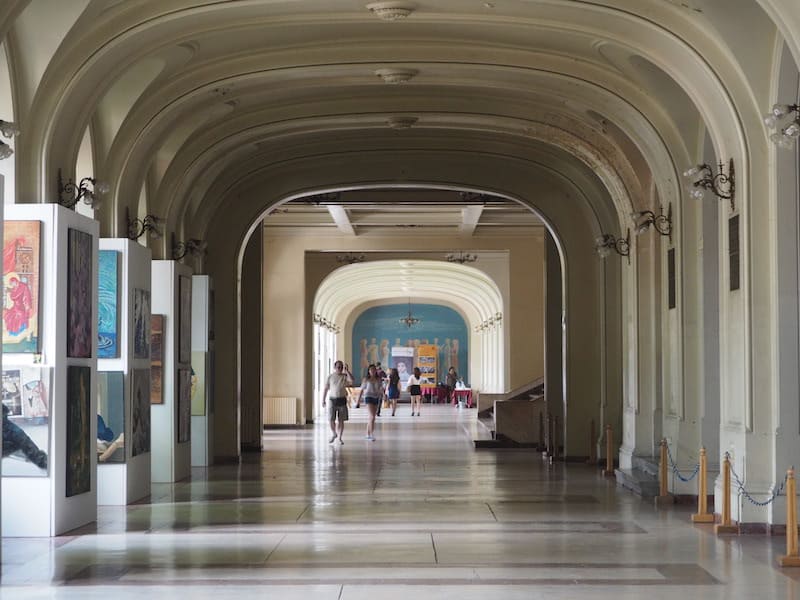
If you have time, do check out the corridor of the main university, too: It is like a free art gallery and always open for a visit.

A little later, we are on our way from Iaši to Bucovina area, some 150 kilometres east, and my colleagues Lacra and Karin try making it there on broomsticks – a cultural heritage craft the country people are well-known for.
Northern Romania joins up borders with modern-day Moldavia as well as southern Ukraine, having only little linguistic roots in common but taking its major influence from places such as Italy, Austria and Hungary, with Romania once forming part of the Austro-Hungarian empire. It is interesting for me to hear Romanians speak quite well of the “Austrian Occupation” during history, connecting the time since 1775 with economic and social development as well as protection against other peoples such as the Turkish. They only really resent Austria’s former emperor, Kaiser Franz Joseph II, for having had all monasteries close during a period of secularisation.
Visiting the Churches & Monasteries of Voronet, Humor, Sucevita, Dragomirna & Moldovita is like a fairy tale come true. Never in my life have I seen anything quite like it!
Orthodox churches are famous for their iconography, now that is something I already knew. However, what I did not know was that the Moldavian Churches, internationally acclaimed for their intricate imagery, were just SO RICH in images – inside out, literally. It is not until you come face to face with them that you are able to succumb to the magic of just how well the colours have been preserved over a period of more than 500 years. Easy to see how people throughout generations have found peace, faith and awe in places like these. And still today, the local nuns (all of the above churches and convents we have visited are women’s convents) are “master storytellers” relating the history and faith of centuries, if not millennia.
If you wish to know more about the churches, monasteries and history of Moldavia and Bucovina, check out the homepage of UNESCO for further details. First of all, though, let me take you on a picture journey to Romania …

… all the way to these outdoor painted frescoes in Sucevita, where a visit of the UNESCO World Heritage Painted Churches is an awe-inspiring experience every time over.

Sucevita, as you can see, has really really impressed me. Perhaps because everything had just been perfect in this moment? The light, the peace, the place.

My wonderful EUROPETOUR travel group allows me to enjoy moments like these: Taking on an almighty philosophy “course” with local nun Tatjana at Moldovita Monastery in Bucovina – a unique and priceless experience.
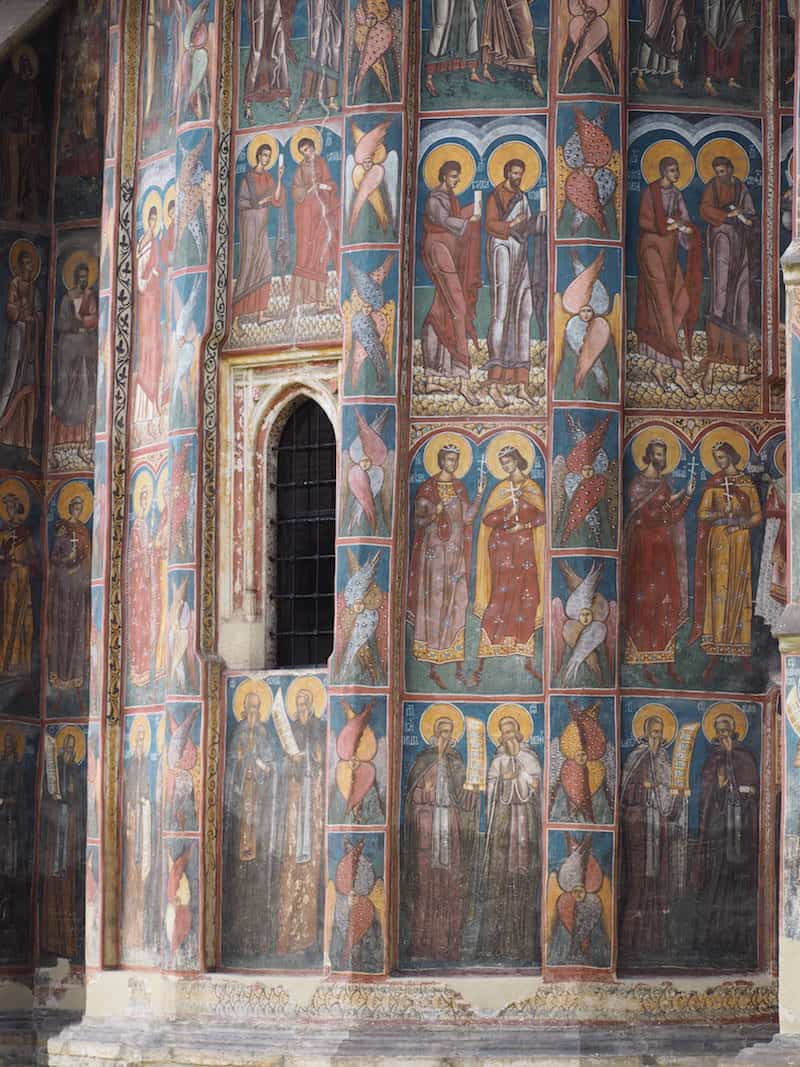
And check out this close-up here: Isn’t it a miracle just how well those frescoes have been preserved and handed down over time? God Almighty, I am tempted to say !!
Apart from being proud about their cultural heritage, Romanian people just love sharing in their actual festivals and (foodie) traditions. Or did you know just how popular “mamaliga” really is?
Now, my dear readers, I am hungry. Not only from all the inspiration received by visiting those monasteries. But also because “mamaliga” indeed is something very tasty, either being served as a vegetarian dish with fresh mushrooms or together with meat & veggies. We are talking a rather simple corn polenta here, which for some (local) reasons is really very tasty around here. The fresh energy has us visit interesting local craftspeople, known for their skills in painting eggs and producing so-called black ceramics. Romanian people are definitely very handy, ingenious and just love to share food and culture with us visitors. Check this out …

… at the International Egg Museum of Vama, Bucovina, having established a collection of famous painted eggs from all over the world!
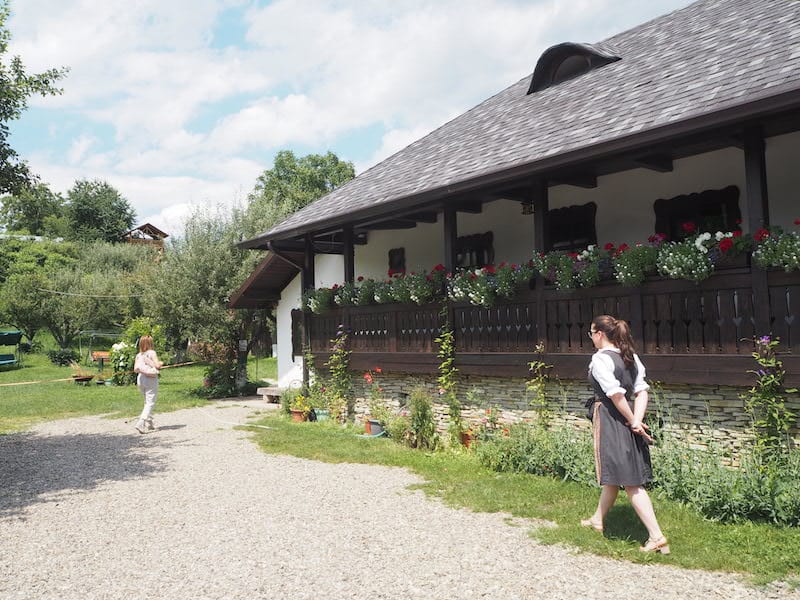
Moving on, we get to visit “Hilde’s Residence” in Gura Humorului, near the famous Humor Monastery …
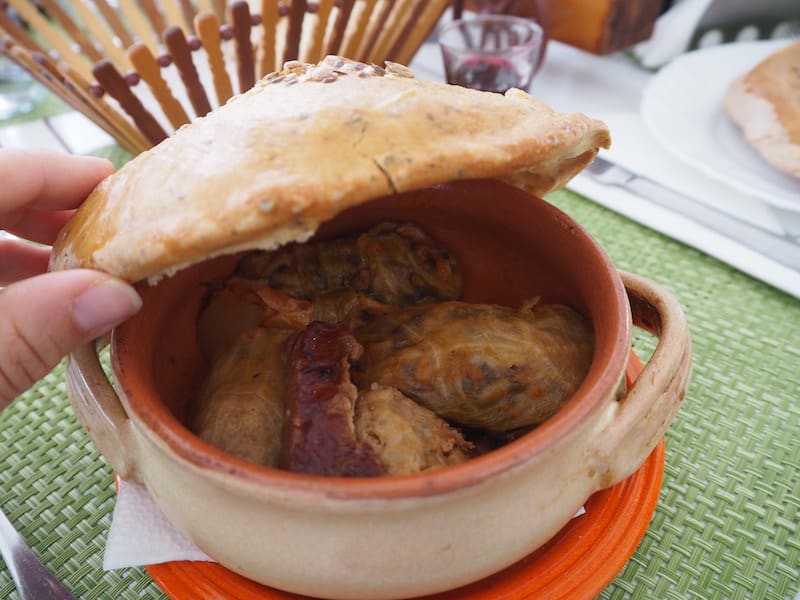
… a warm-hearted place that immediately beckons you to stay and explore Romania’s beautiful countryside …

… after lunch and dessert, that is: Local Romanian interpretation of our famous apple strudel cake in Austria.
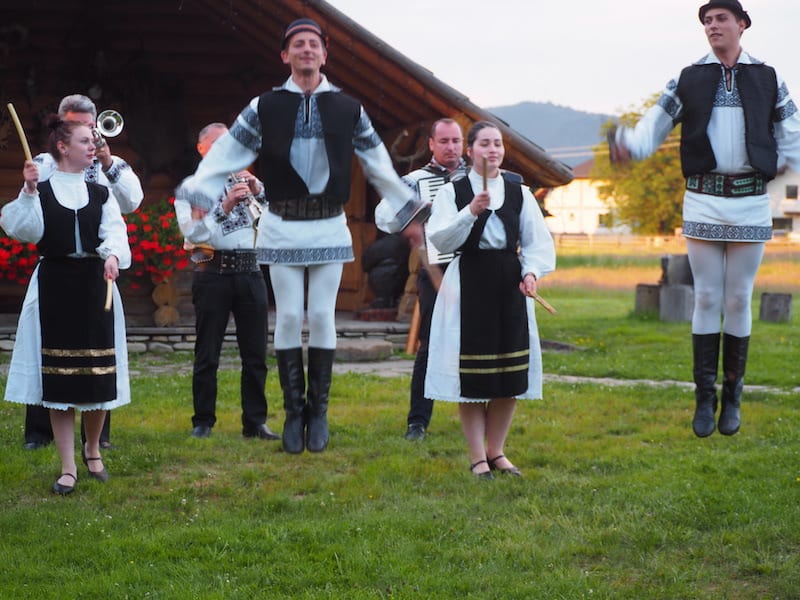
… the locals invite you to join them for a traditional dance, easily burning off all extra calories!

Thank you so much, dear Lacra and Bucovina, for such a heartfelt welcome in the heart of northern Romania!
If you want to find out more about our EuropeTour cultural tourism network, please check out www.europetour.tips. Wonderful just how much the EU encourages us to grow, network, link our offers, develop and share, let alone on a personal level with my new-found, “Romanian family”.
More travel pictures and ideas for places to go are here:
Disclaimer: My trip to Romania has been supported by our cultural tourism project “EuropeTour”. All opinions are my own.
